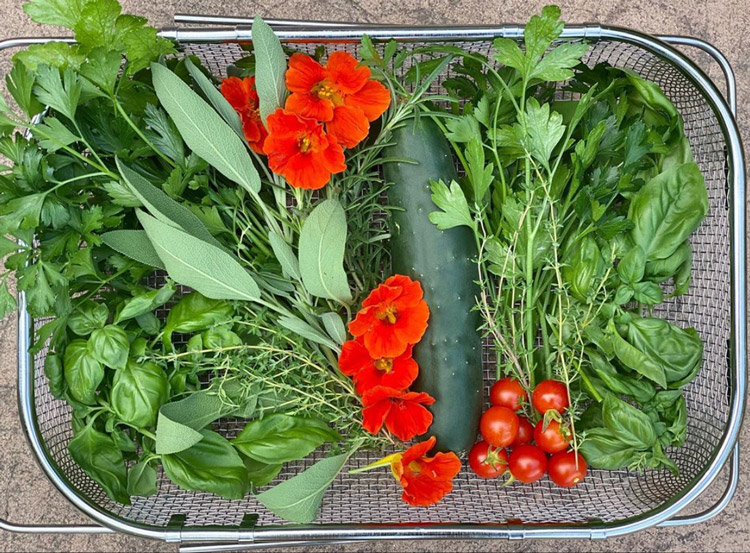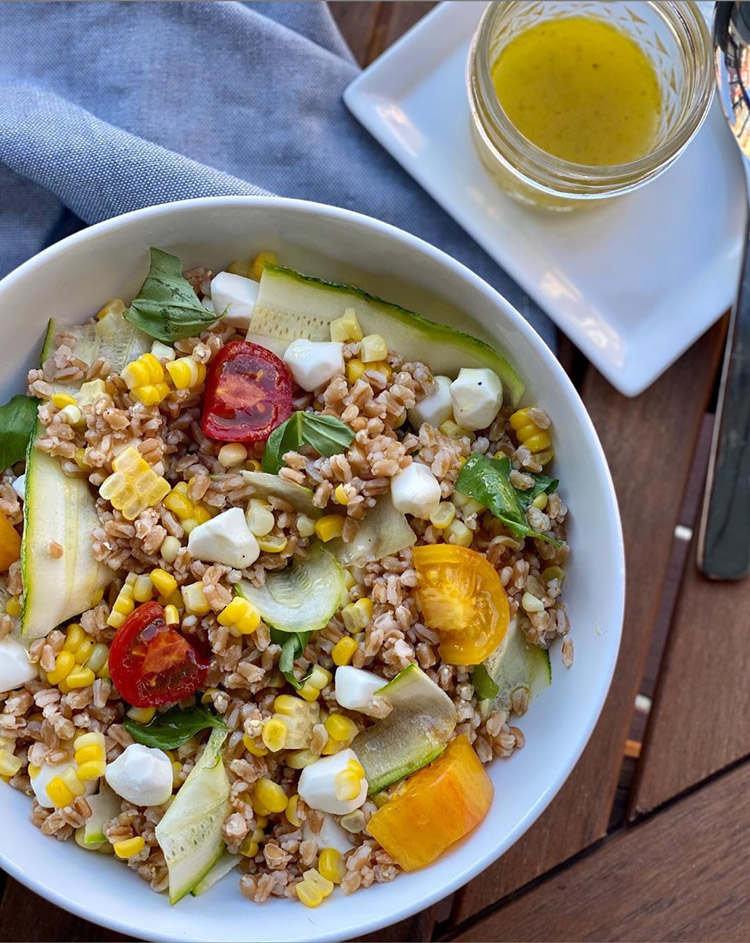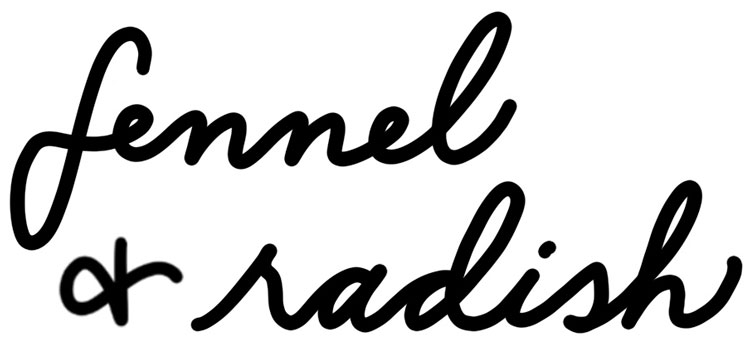The Larder Of Kitchen Lore

Every kitchen I’ve ever had the pleasure of sharing a meal in has one: a dusty, almost-ancient box of recipes on index cards tucked next to the cookbook pile. These cards in small plastic bins record measurements and half-complete instructions—for cookies, for breads, for basic roasting rules of thumb for various meats and vegetables. Most of them include intergenerational notes, yellowing cards that have been passed down from parent to child and grandchild, or rewritten again and again over many revisits to a family recipe.
“Oh, look! This cookie recipe from grandma has lard in it. Isn’t that funny? Where would you even buy lard these days?”
“Ugh, it says, ‘Bake until done.’ Thanks for the clear directions, dad.”
“What is this one called…? ‘Really Good Pasta Tuna’… uh, interesting…”
Of course, we all know that these notes are kept only partly for the information written on them. These cards have layers, strata, of memory living between the scribbled lines and oil stains. They hold lore—knowledge held by our communities about how to live, how to share, how to taste. We keep them in the hope that they might teach us, and that we might pass on what we’ve learned in return. We keep them because when we perform the rituals they remember for us, all generations are at the table again, living through the deep sensory world of food.

Every meal is a portrait
In every recipe, the written instructions hold a small fraction of the relevant information. The vast majority is instead stored in the senses—how does it taste when you add the right amount of salt? What does it sound like when the oil is hot enough and the fish touches it? What does it feel like when the steak is medium-rare and you press on it? What does rosemary smell like when it touches garlic and hot oil? What does an emulsified sauce look like on the back of a spoon?
This is why it’s possible to learn how to cook simply by carefully watching someone else cook. If you watch their movements, the way they taste test, the way they use kitchen tools, the way they set up the ingredients, you can pick up subtle micro-adjustments that you could never learn by reading a recipe. The senses are learning even if you’re not the one cooking.
And you can also pick up even more intangible instructions—you can pick up on the cook’s mindset and approach. At least half of a meal is determined by your own state of mind while you cook. A playful mind makes playful food. A rushed weeknight mind makes fast, straightforward food. A tired mind makes a frozen pizza. Watching someone who loves to cook, you can learn an approach, a mindset, a way of being that will have a bigger influence on the food you make than any specific recipe could.
With all of these layers—the lore of a favorite generational recipe, the unique personality of the cook, their mood in that moment, the chill in the autumn air—the meal is made. Recipes are the surface; the depth is in the dusty plastic box.
You may not realize, but when you cook, it doesn’t taste the same as when anyone else cooks. You may not realize that the way you add the salt shows up in the way I taste it, and when I miss you I want to taste that food, and no one else can ever make it that exact way.
The way you make a joke is there in the splash of lemon and the consistency of the heavy cream. The things you love most are there in the depth of the tomato sauce. Your memories of a kitchen in Chicago and a field in Pulaski are there in the crust of the rye and the syrup on the French toast. You cannot hide yourself from the things you cook; every meal is a portrait.
And when you are away, so is that taste. And so every time I enjoy a dish you made, I am savoring you. I am etching you into my tongue, so that years from now it will remember you and can share you in the only way a person can truly be shared—through food.

Kitchen lore, old and new
This summer, Alex and I started our own kitchen box, although it doesn’t sit on a shelf in the kitchen. Instead, it’s a website, and if you’d like you can flip through the notes in our box. It’s not exactly a food blog (like the ones with more popups than the entire Internet circa 2002) or a recipe site (we’re not recipe writers!), and it’s not exactly like a traditional box of hand-written recipes either1. Here’s the intro card:
Welcome to our cupboard of recipe fragments, cookbook margin notes, and hand-me-down kitchen wisdom. It’s a journal of what we’ve learned about being in the kitchen—for food and for fun. It’s a diary of seasons, what we ate, who we shared it with, and a place for long simmered, well seasoned kitchen lore we don’t want to lose.
In the era of the web, with thousands of recipe sites and Instagram, recipes aren’t exactly hard to find. While we’ll likely add many favorite recipes to the site over time, the main focus is to make an attempt to write down the insights, tips, and wisdom that live between the ingredients lists and step-by-step instructions. We’ll record what we’ve learned from family, friends, and countless hours spent milling about in the kitchen. In a way, we’ll record our way of living and being, glimpsed through the frame of the kitchen.
There’s a type of website that has become popular recently that is often called a “web garden.” Rather than listing a chronological set of blog posts, web gardens are made of highly linked, focused “evergreen notes” that are frequently revisited, updated, and interconnected. Compared to more ephemeral posts like a weekly blog, evergreen notes retain and deepen their value over a long time. They accumulate and evolve together as a whole, interconnected system.
By writing evergreen notes alongside more traditional blog-like posts, our kitchen box is a site we can grow over a long time and return to again and again. As I’m writing this, there are only four notes! But the more time we spend in the kitchen and the more we revisit them, the deeper and more valuable the notes will become, as though they’re fermenting.
These notes are primarily useful for ourselves as a reference, but by putting them on a website we can also share them with friends and family, and perhaps even create ways for many people to contribute—a truly intergenerational online recipe box for ourselves, our family and friends, past, present, and future. The fact that through the magic of the web many other people can also read it and potentially find something useful or meaningful there is a wonderful bonus—we’d love to see more archives of family recipe boxes to flip through online.
We hope you’ll take some time to flip through our kitchen note box and that you’ll enjoy it as much as we do. And of course you can follow along on Instagram. Na zdrowie!
Published

Kevin McGillivray is a web developer, painter, and writer in Wisconsin. He writes about creativity, online and offline neighborhoods, and vegetables. He paints and dives.
